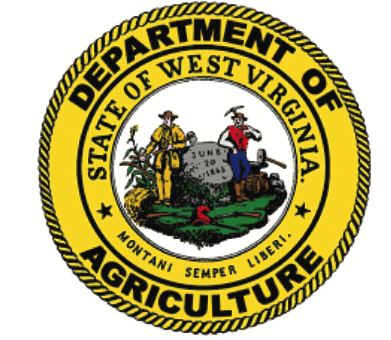Weather permitting, the West Virginia Department of Agriculture (WVDA) and the U.S. Department of Agriculture-Forest Service (USDA-FS), will be making aerial treatment of roughly 2,681 acres to reduce impacts of the spongy moth to forested lands in Morgan County. The spongy moth (Lymantria dispar) was also known as the Gypsy moth.
Treatments of property will take place this first week of May, weather permitting, under the Cooperative State-County-Landowner (CSCL) Suppression Program.
Treatment areas in Morgan County are on top of Cacapon Mountain and west of the Cacapon River.
WVDA officials are concerned that, without treatment, the spongy moth infestations in West Virginia will reach high enough levels to cause defoliation and possible tree mortality. Large numbers of caterpillars are expected in the 2023 treatment areas. Many already stressed trees will not be able to withstand additional heavy defoliation and will die, said agriculture officials.
Water quality, recreation experiences, wildlife habitat, and timber production could all be negatively affected.
The young Lymantria dispar caterpillars are spread by the wind, which blows the silken threads they exude, creating a parachute effect. Movement by this mechanism tends to be slow. Humans have sped the process up considerably by unwittingly transporting the pest as eggs or caterpillars on firewood, RV’s, campers, and other vehicles.
WVDA officials caution against the transport of firewood into or out of the state because pests such as spongy moth, hemlock woolly adelgid, emerald ash borer, spotted lanternfly, and other invasive insects may be in or on the wood. Owners of RV’s and campers are asked to thoroughly inspect and wash their equipment before moving it.
Even with these precautions, the spongy moth has and will continue to spread, leaving site specific treatments as the only way to reduce population explosions and resulting tree mortality.
The WVDA anticipates the possibility of significant defoliation in 2023 because of an increase in the spongy moth populations in areas of Morgan County.

Landowners within the CSCL Program area of West Virginia contacted the WVDA to have their properties surveyed to determine if they contain spongy moth populations in quantities high enough to produce possible tree mortality, defoliation, or a significant nuisance factor in the spring of 2023. Areas with 500 egg masses per acre (em/ac) or higher are designated for possible treatment on properties considered wooded residential, wooded recreational, or non-residential forested land.
The landowners in the CSCL Program signed a contract with the West Virginia Department of Agriculture and paid a deposit, thus confirming the requested treatment for their spongy moth problem. Landowners selected the spray material to be used on their property and verified their property boundaries.
The treatment consists of one application of a specific control agent. These agents are a bacterium known as Foray 48B (BTK), which affects young caterpillars with minimum effects on other insects and animals or Mimic 2LV (Tebufenozide) which has a very low toxicity to all mammals and aquatic species.
Approximately 2,681 acres of forest land will be treated with Mimic 2LV or Foray 48B in Morgan County.
The WVDA has consulted with the WV Division of Natural Resources Wildlife Resources Biologist concerning the presence of any rare, threatened, or endangered species (RTE) within the treatment area. No impact to RTE species is anticipated.
Any comments, concerns, or interest in this project should be submitted in writing to Quentin “Butch” Sayers, Assistant Director, or G. Scott Hoffman, GMCS Coordinator, P.O. Box 9, New Creek, WV 26743 or via e-mail to ghoffman@wvda.us .








